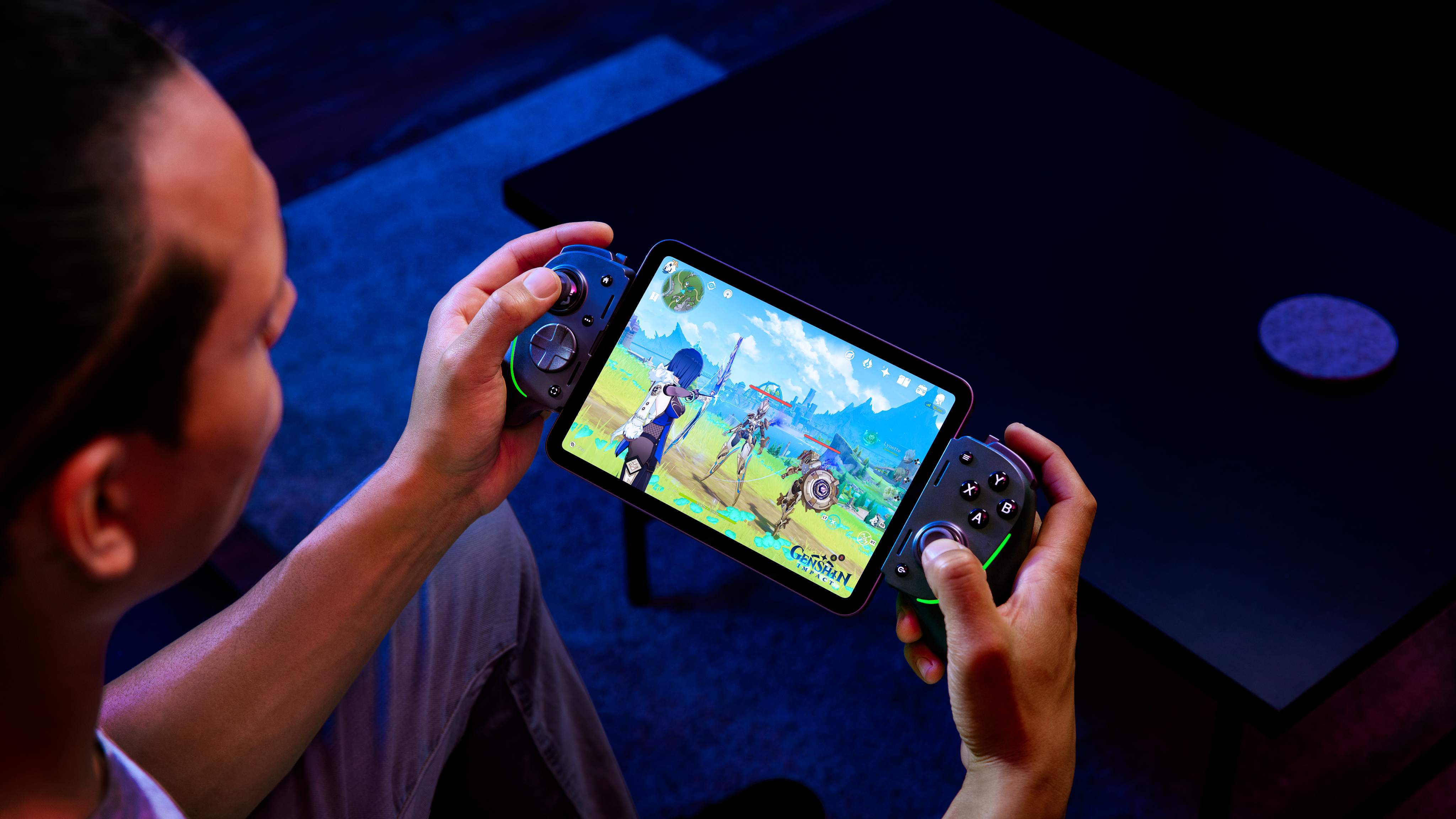
I've been working with Razer for quite a while now, and it was an absolute treat to be able to meet with some of the Razer team in San Francisco during GDC 2024. During our meeting, Razer showed me three upcoming products in a one-on-one hands-on. I've already shared two of those products with you, and now it's time to reveal the last (but absolutely not least) of the trio. This is the Razer Kishi Ultra, Razer's vision for the ultimate mobile gaming controller.
There are plenty of excellent controllers for your phone or tablet out there, and we've even compiled a list of the very best mobile controllers for streaming services like Xbox Cloud Gaming. All of these mobile controllers compromise somewhere, though, be it with ergonomics, compatibility, or features. The Razer Kishi Ultra aims to be the greatest you can buy in every category, and it makes a pretty compelling case for itself. Here are my thoughts after some hands-on time with the Kishi Ultra mobile controller.
Razer at GDC: A full controller for mobile gaming
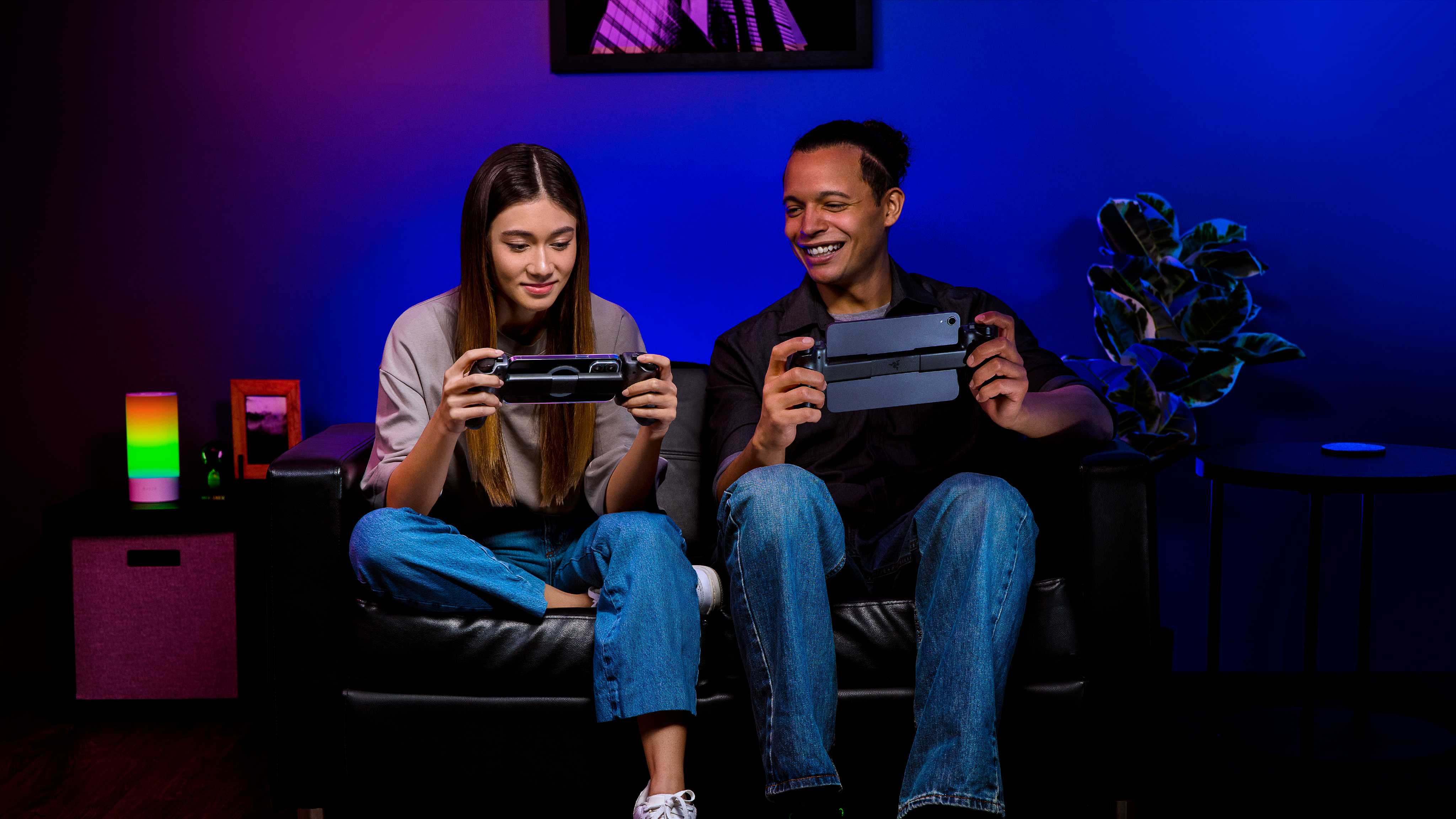
• Price: $149.99 at Razer
• Hardware features: Full-sized grips, triggers, & buttons, Razer Sensa HD haptics, Razer Chroma RGB, mecha-tactile buttons & hall effect triggers, pass-through charging & 3.5 mm audio jack
• Software features: Razer Nexus 3.0, button remapping, deadzone adjustment, Chroma RGB customization, virtual controller mode
• Compatibility: iPhone 15 series, iPad Mini w/ Type-C, Android 12 devices w/ Type-C, Windows 11 devices
When I met with Razer at GDC, there were lots of things I'd hoped I'd see. Not on that list was effectively a Razer Wolverine V2 Chroma controller, but cut in half and with an adjustable mount for your phone or small tablet. The vast majority of mobile controllers typically massively sacrifice ergonomics in favor of size, a compromise also shared by most gaming handhelds like the ASUS ROG Ally. It's clear that Razer's vision for the Kishi Ultra does not include that particular weakness.
Quite the opposite — speaking to the spokesperson for the Kishi Ultra team at Razer, Joey Hanna, revealed just how much passion and focus led to its creation. Razer's goal was simple: create the ultimate mobile gaming controller with no compromises and no holds barred. This means full-sized, ergonomic grips, buttons, and triggers, premium materials and top-class mechanisms, more features than you can shake a stick at, and peerless compatibility with games and devices.
It means the latest version of Razer's Nexus app, an all-in-one mobile launcher that ties together all your most important games and apps, as well as offers a wide variety of settings and customization options. It means a controller that competes with the very best across any platform, including the Xbox Elite Wireless Controller Series 2 or Sony's PlayStation DualSense Edge. It also means a hefty price, coming in at $149.99 at Razer and other retailers, but Razer is betting on mobile gamers being willing to invest in the best gear possible.
That's because the team behind Razer's mobile products — including the Razer Edge and all the Kishi controllers — firmly believes that mobile platforms are the optimal place to experience the greatest parts of gaming, with a combination of game streaming, emulation, and native titles marrying perfectly with the ever-increasing power of mobile ARM chips from Qualcomm and Apple. The only thing holding it back are the accessories to take everything to the next level.
Razer at GDC: All the hardware features you want
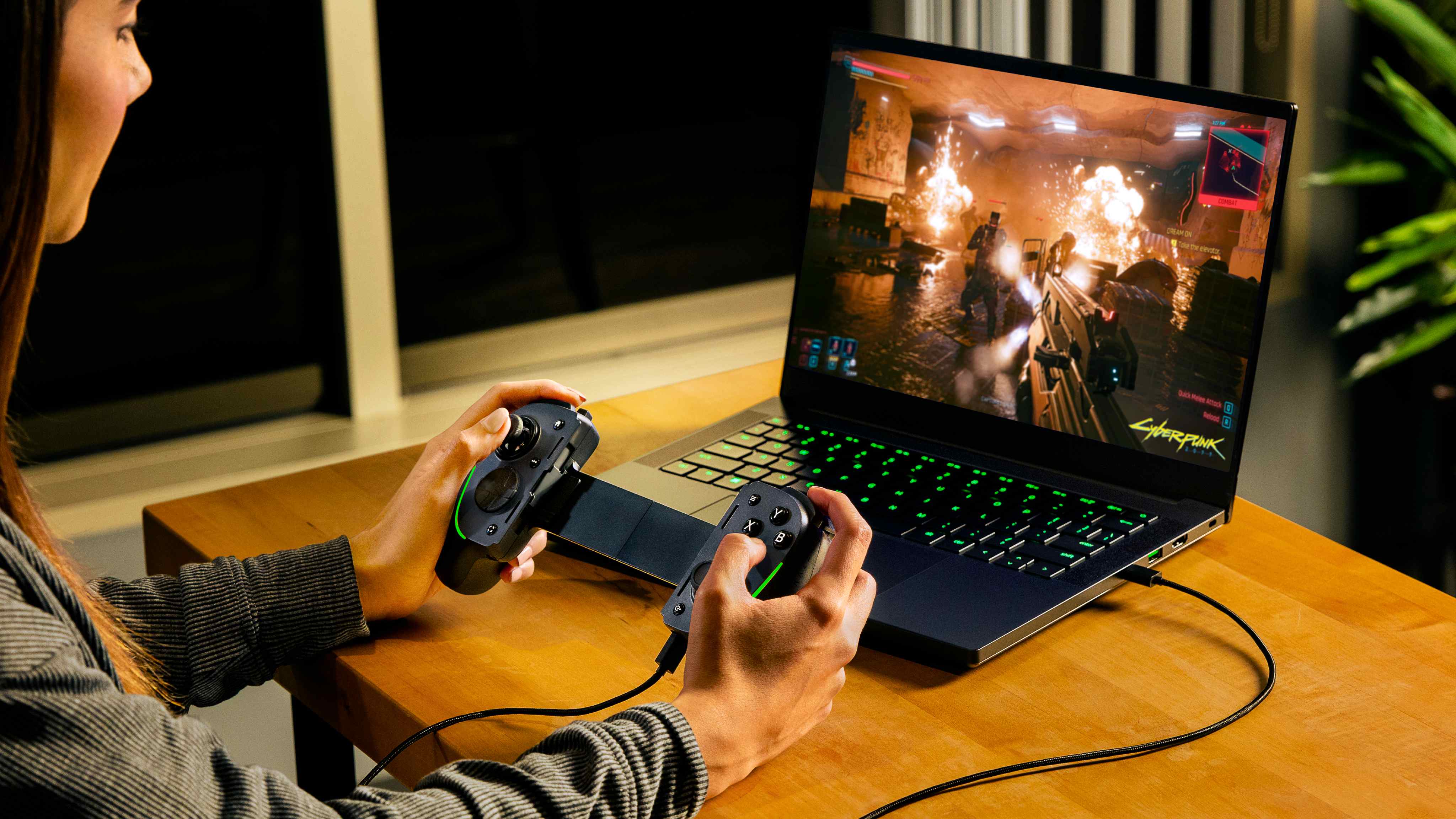
When I said the Kishi Ultra is effectively a sliced-up Wolverine V2 Chroma, I wasn't just referring to the design. This controller is loaded with features you don't often see in mobile controllers from GameSir, Backbone, or even from Razer's previous releases. This is a lot more than just the textured grips and full-sized controls (which, by the way, are extremely comfortable in-hand).
The Razer Kishi Ultra boasts advanced haptic feedback courtesy of Razer's brand-new Sensa HD haptics. Razer uses dual haptic coils in each grip to provide multidirectional, detailed haptics that surpass those of most console and PC controllers, according to the company, and I can confirm the haptics are impressive. Game developers can build support for the Kishi Ultra's unique haptics into their games, but Razer's audio-to-haptics feature in the Razer Nexus app will handle that for you automatically (and you have customization over strength and what audio the haptics respond to).
Razer also baked its iconic Chroma RGB lighting into the grips, giving players full control over hue, brightness, and effects through the Razer Nexus app. Extra features are great, but the base controls do matter, too. The Kishi Ultra connects to compatible devices via its integrated USB Type-C port, has a second Type-C port with 15W charging pass-through, and also provides a 3.5 mm audio jack for headsets. The buttons and D-Pad use mecha-textile mechanics, which combine the tactility of microswitches with the consistency of membrane.
The triggers use Hall Effect sensors, which offer unparalleled precision and reliability. The joysticks unfortunately don't employ the same sensors, but Razer assured me it invested significant time and funds in ensuring its joysticks are just as reliable. The joysticks also feature slick anti-friction rings and medical-grade material for the grips. The controls are so good, that being able to plug the Kishi Ultra into a PC and use it like a normal controller actually makes sense. Sure, it's extra wide and therefore a little awkward, but not enough to stop me from having fun swinging around as Spider-Man.
Razer at GDC: A complete mobile gaming experience
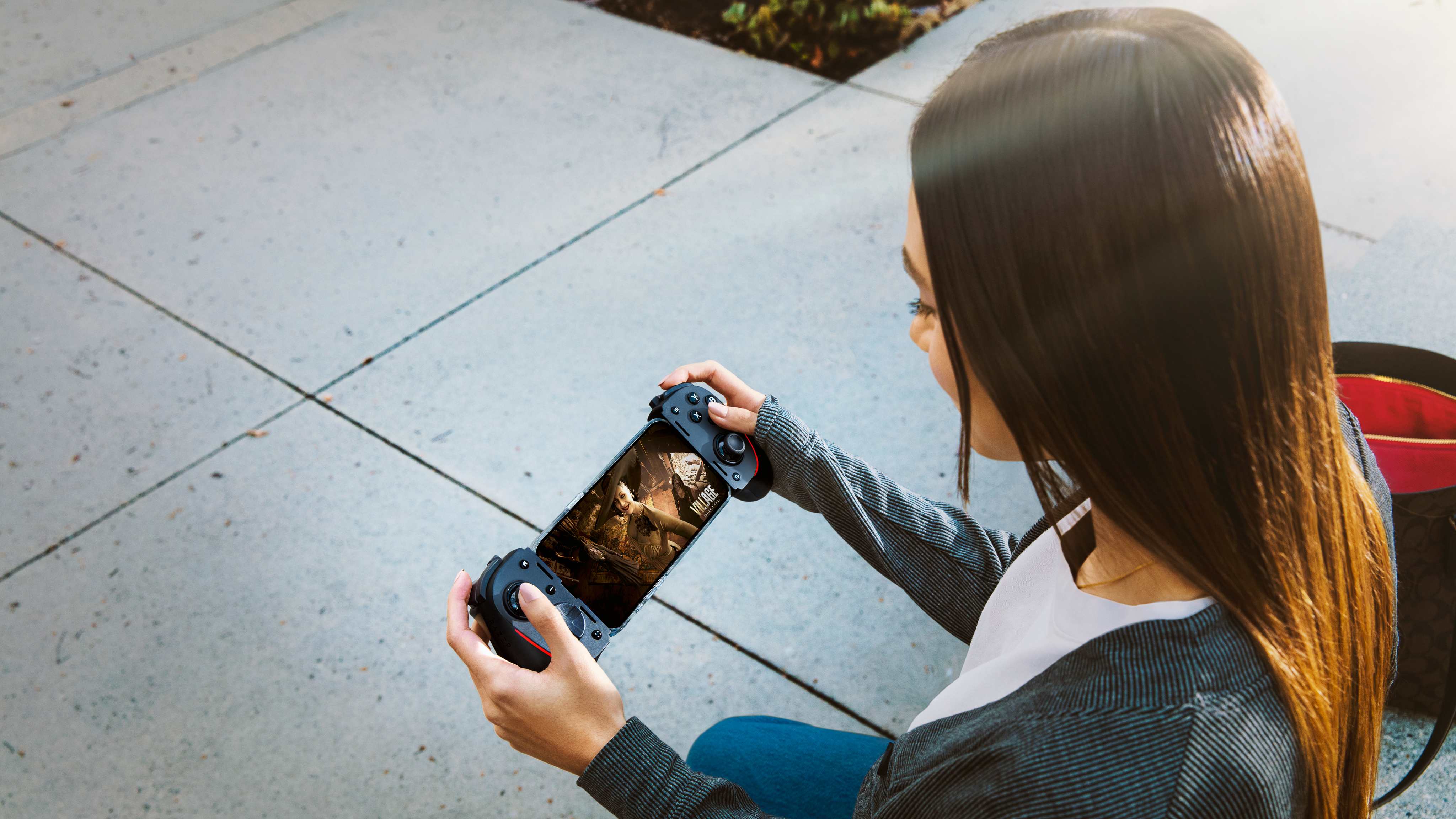

• Letter to the industry
• Xbox games & interview
• 10 games with ID@Xbox
• Dune: Awakening preview
• NVIDIA, RTX, & DLSS
• AI innovations in gaming
• Razer Blade 18 hands-on
• Razer Xbox headset hands-on
• ThinkPad X1 Carbon review
• Rogue V3 Backpack review
Razer really wants the Kishi Ultra to be the ultimate controller for mobile gaming, and that means marrying excellent hardware with excellent software. The Kishi Ultra is fully integrated with Razer Nexus 3.0, the latest version of the software Razer created to help the Razer Edge Android handheld stand out. Yes, that means customization options for the Razer Sensa HD Haptics and Razer Chroma RGB lighting, but it's a lot more than that.
Razer Nexus 3.0 also offers button remapping and deadzone calibration, an integrated games launcher for all your favorite games and apps, a discovery feature to help you find new games, a way to record and share your gameplay, and an update center for your Kishi Ultra's firmware. Its most impressive function, however, is one that is now built into the Kishi Ultra's firmware for improved performance and compatibility: the virtual controller mode, which lets you play touch-only games using the Kishi Ultra.
The virtual controller mode was introduced with the Razer Edge and Kishi V2 mobile controller, but Kishi Ultra and Nexus 3.0 means big improvements. You no longer need to provide accessibility access, there are options for inverting the camera axis and adjusting the camera sensitivity, and there's expanded support for more game types, including MOBAs. The virtual controller was one of the Razer Edge's biggest strengths (a strength that competitors have begun emulating) and it's awesome to see it improved here.
This virtual controller helped me dominate in a match Call of Duty: Mobile. The Kishi Ultra felt considerably more precise and responsive than the Logitech G Cloud and its virtual controller implementation, even before considering the vastly superior controller ergonomics.
Razer at GDC: Level-up your mobile gaming now
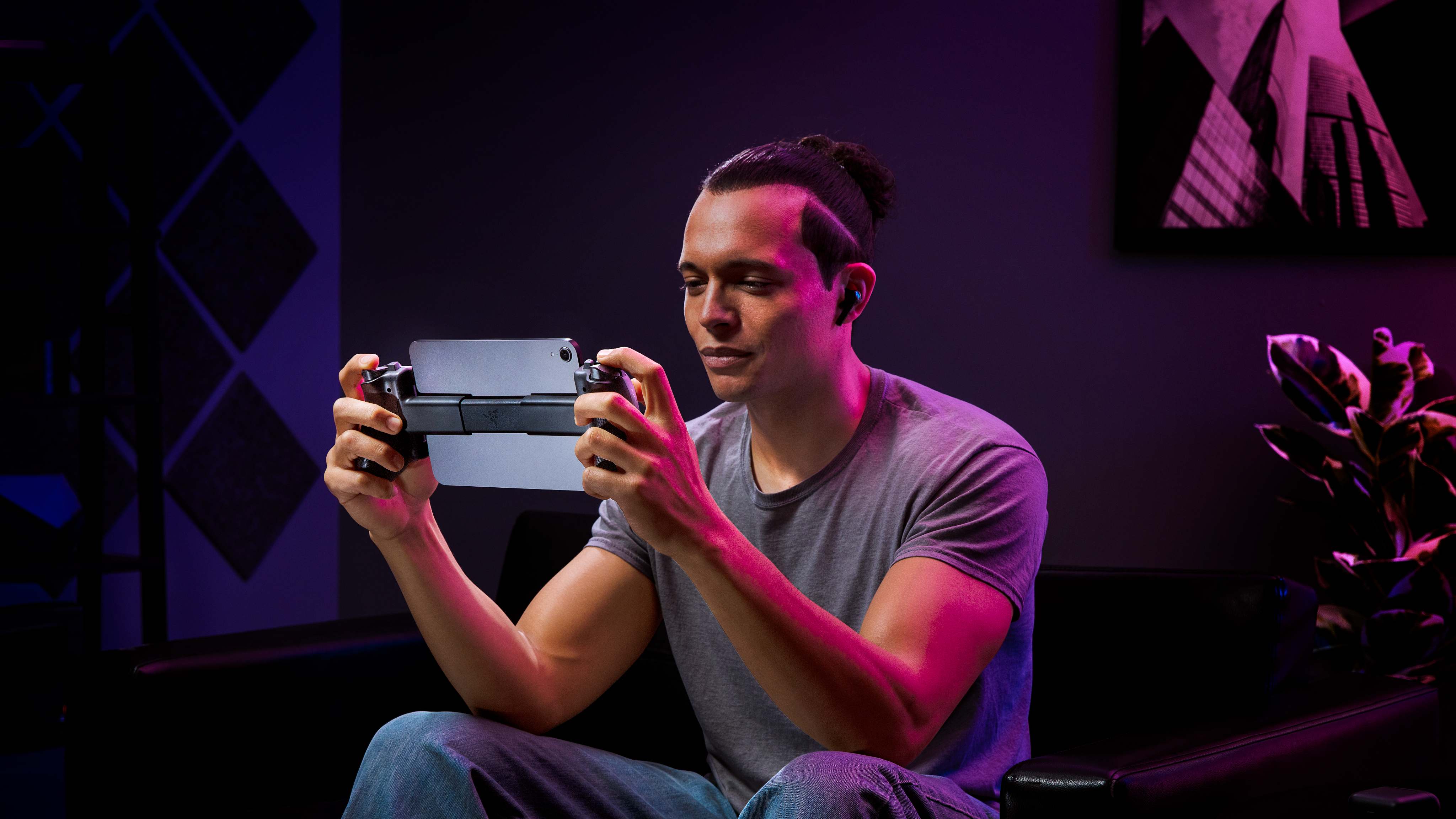
We've seen some seriously impressive evolution in the mobile gaming space, with comfortable and ergonomic options like the GameSir G8 Galileo earning accolades from the Windows Central team. I've used the Logitech G Cloud (and still love it), the Razer Edge, and have hooked up more than a few Xbox Wireless Controllers to my devices for Xbox Cloud Gaming. The Razer Kishi Ultra is absolutely the most impressive controller of the bunch for this category, but it remains to be seen if that'll be enough.
There's no denying that mobile gaming is becoming increasingly popular (in fact, it's one of the only sectors in the industry that's seeing consistent growth, unlike consoles), but will people really be willing to shell out $150 for a phone controller, no matter how advanced? Razer seems to believe so, and the Kishi Ultra is making an awfully compelling argument for splashing the cash. Expanded compatibility means a lot, too; the Razer Kishi Ultra works with basically any phone or small tablet (up to the size of about a latest-gen iPad Mini) with a USB Type-C port, and Razer has ensured greatly expanded case compatibility over previous Kishi controllers.
If anything, the Razer Kishi Ultra is the first step of what's to come. I told Razer that the gaming on the iPad Mini felt so natural with the Kishi Ultra, that I desperately wanted a Razer Edge 2 to basically adapt that size and form factor (but with Razer's gaming-focused twist). Credit to Razer, the Kishi Ultra spokesperson seemed extremely receptive to the idea, and I hope we see it one day. It's hard to justify the existing Edge because of its limitations, but a second generation with this controller in the box may go toe-to-toe with the best gaming handhelds — and even come out on top in someways.
The Razer Kishi Ultra is now available for $149.99 at Razer, and I'll be interested to know if it won you over. Be sure to jump into the comments below to talk about it.







